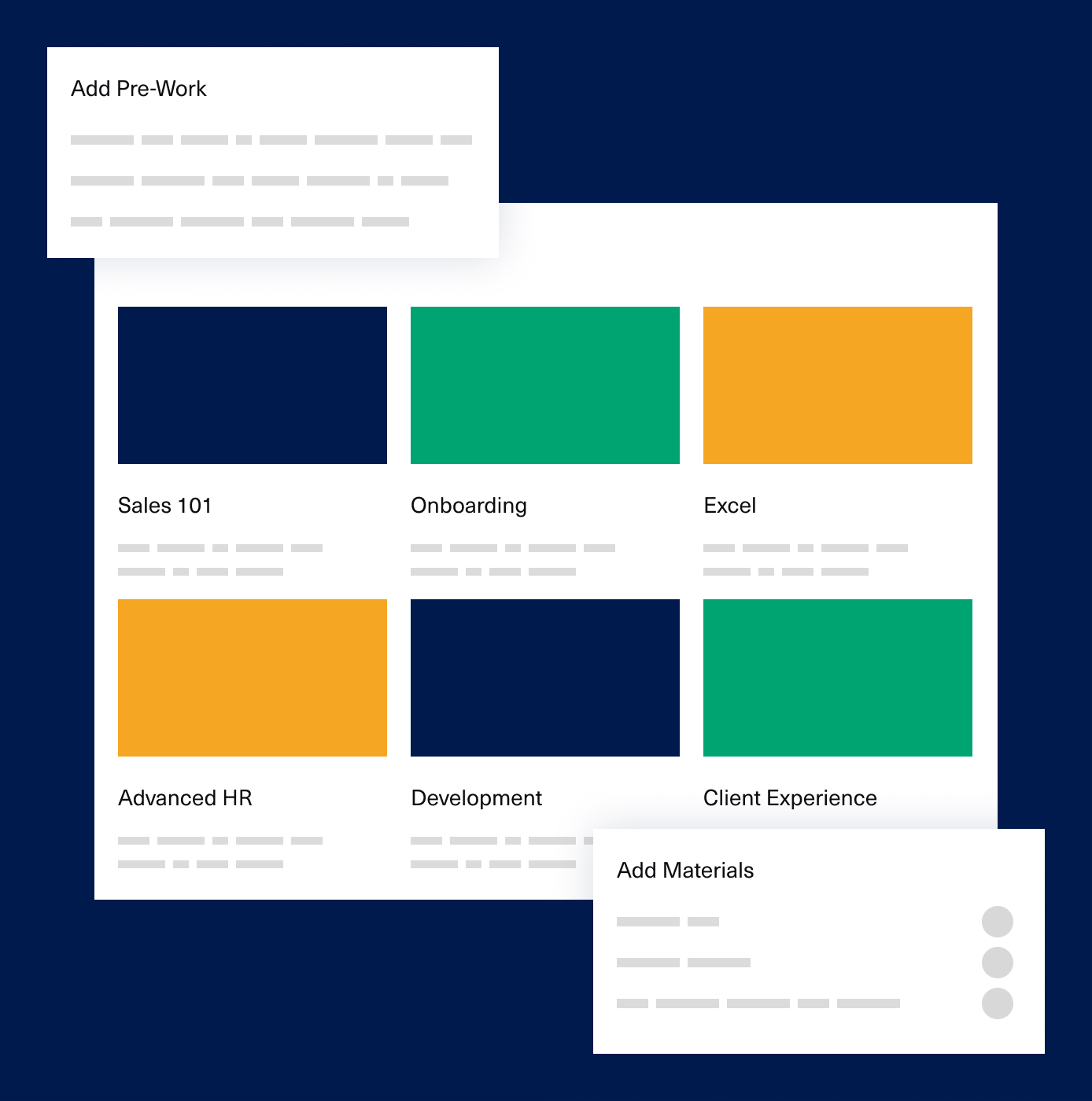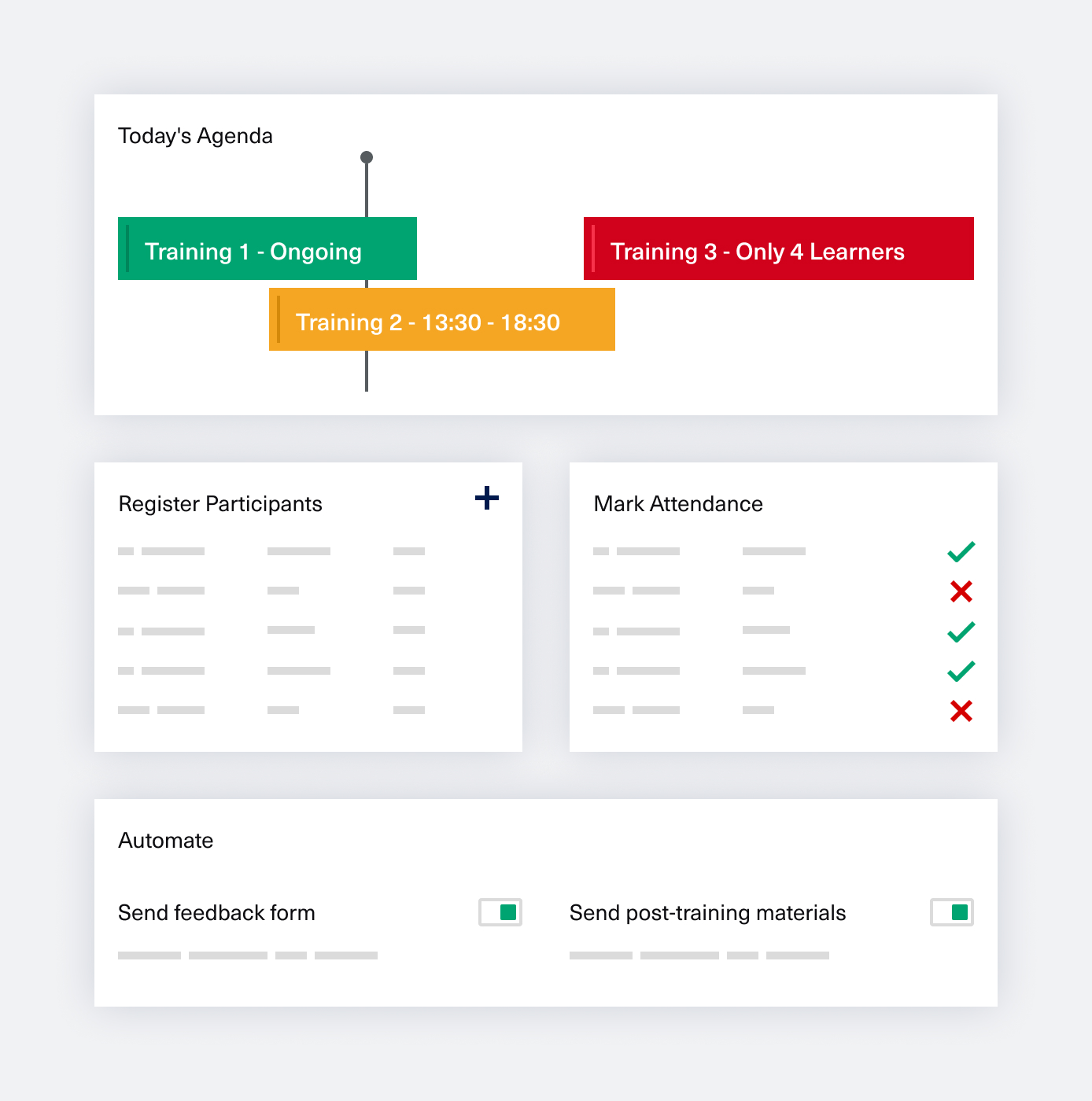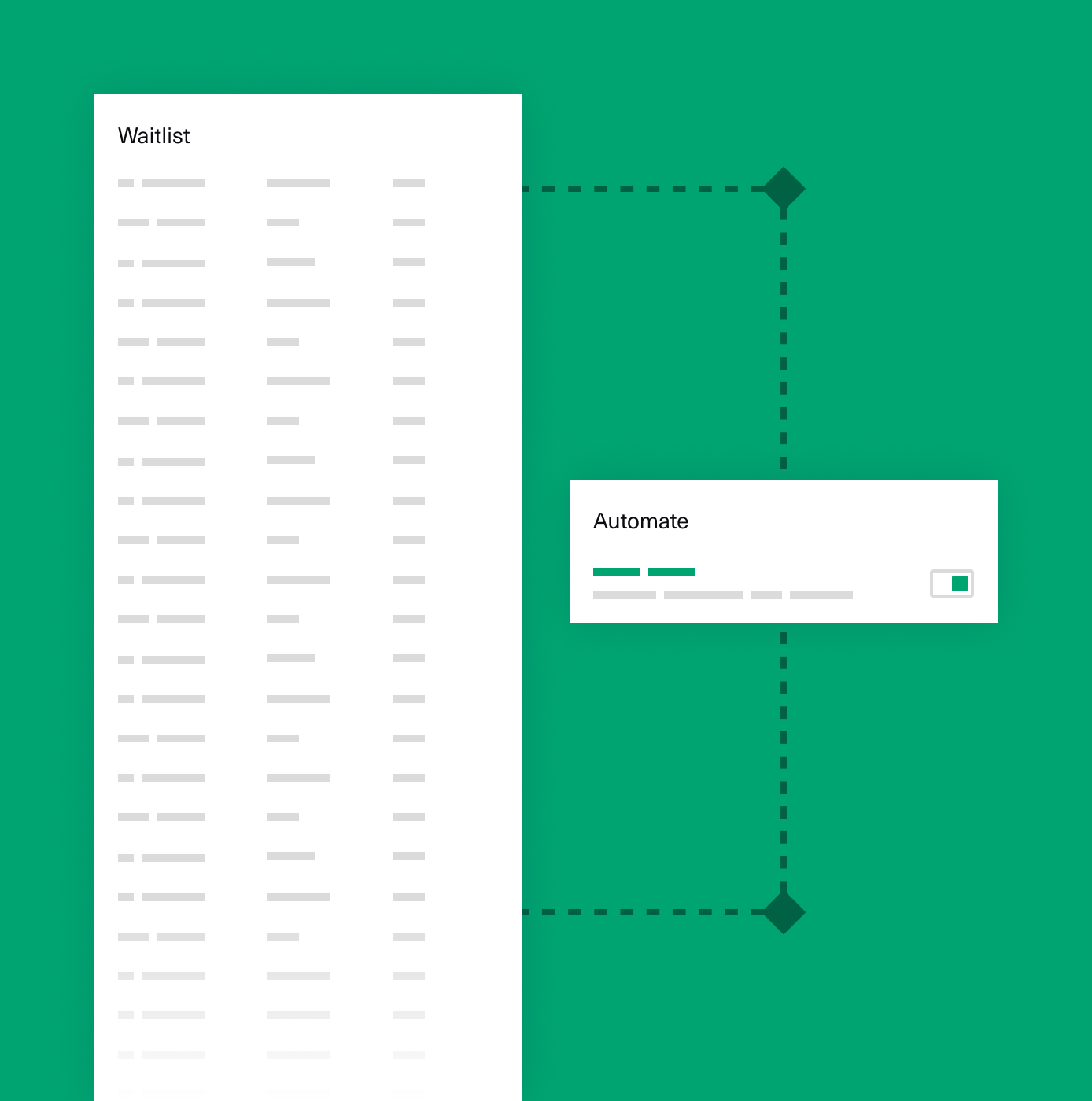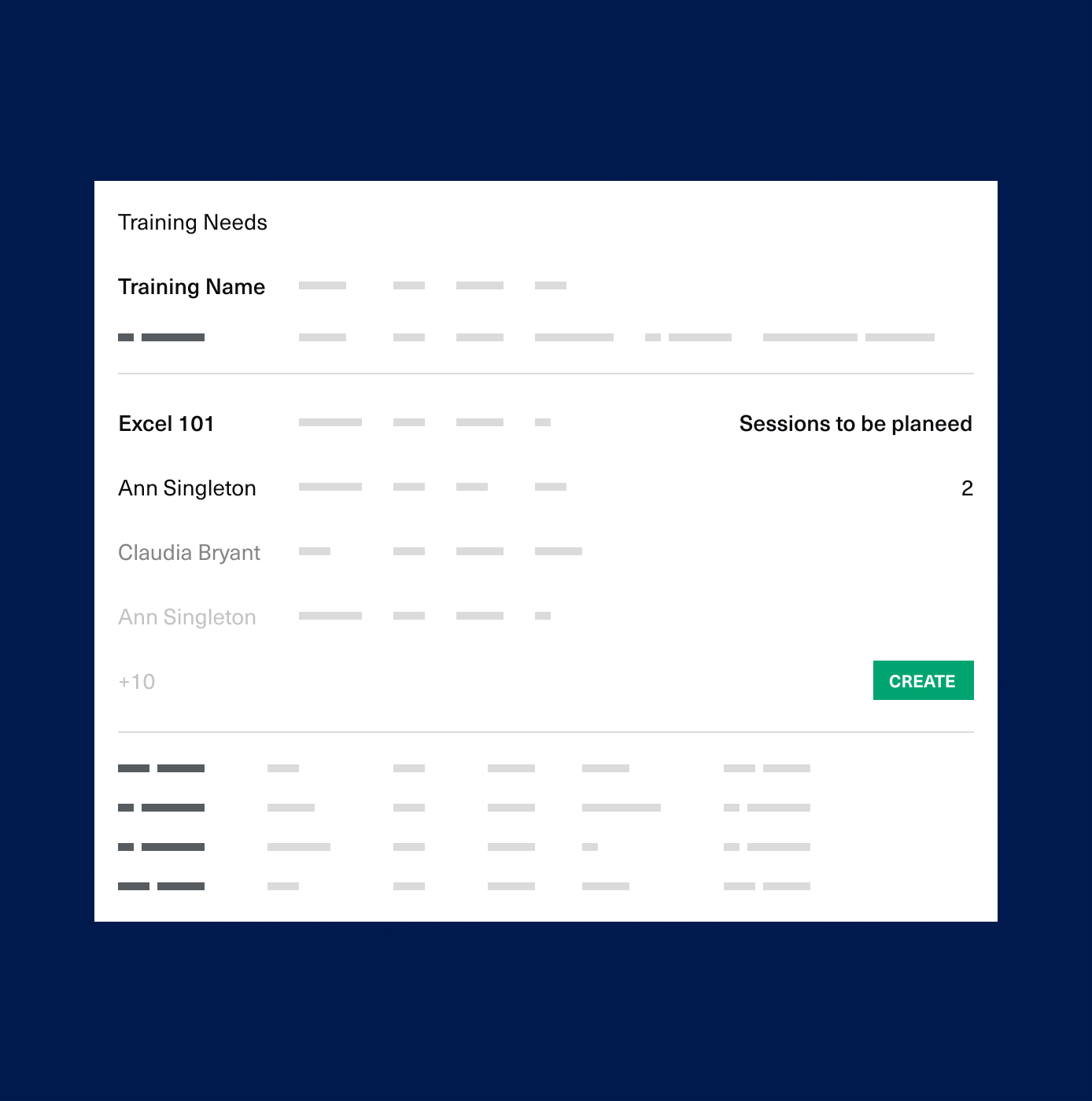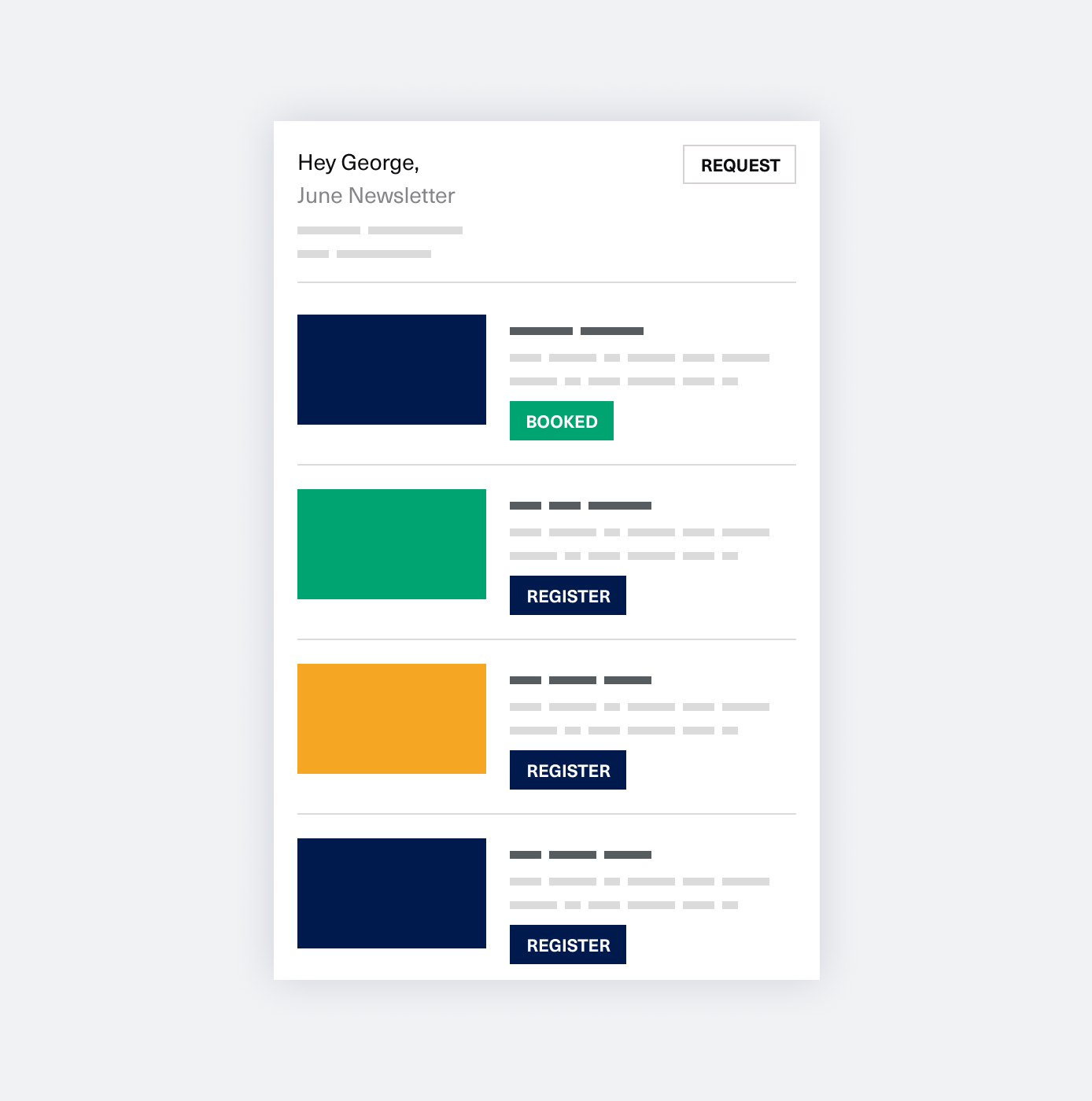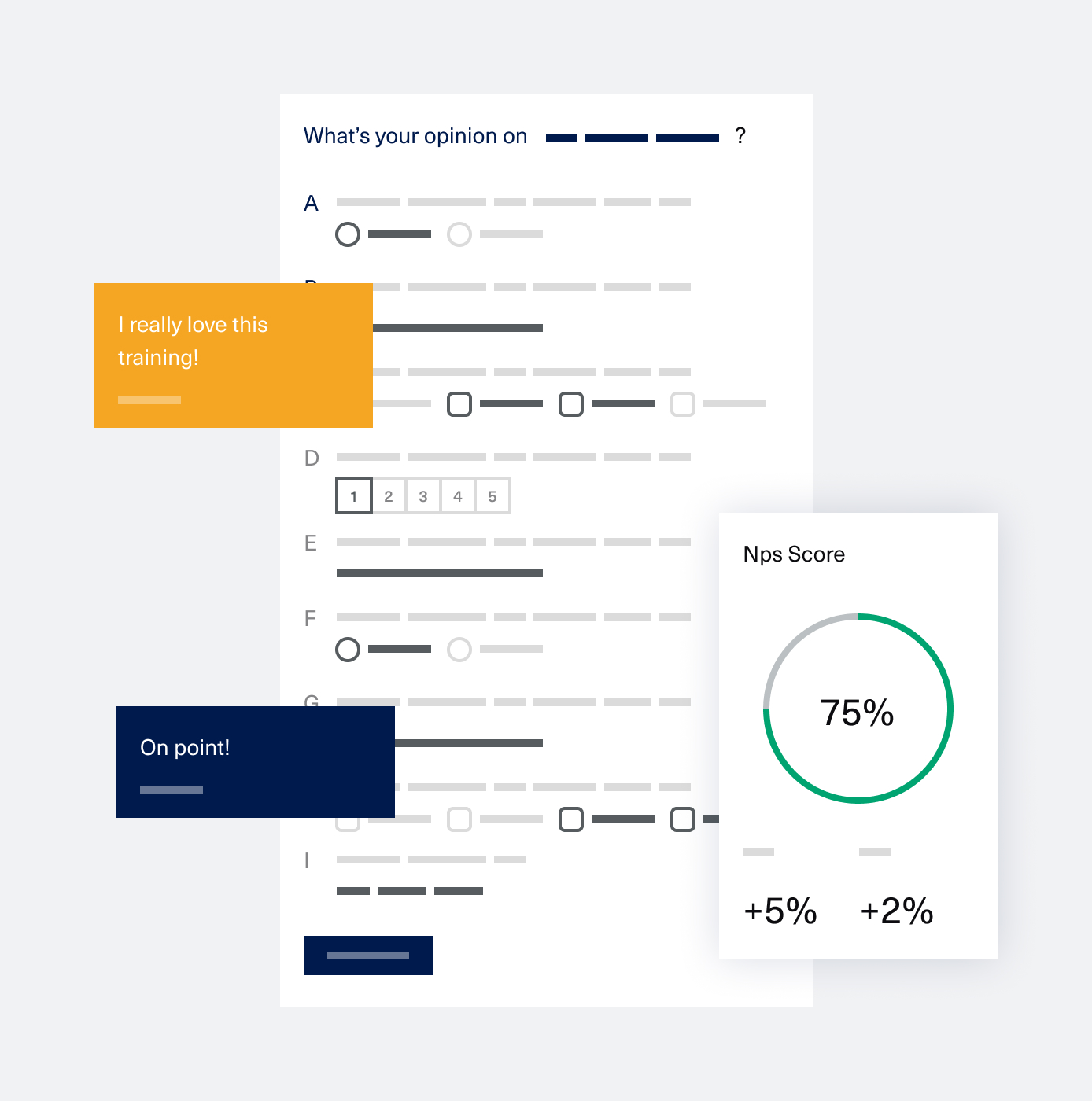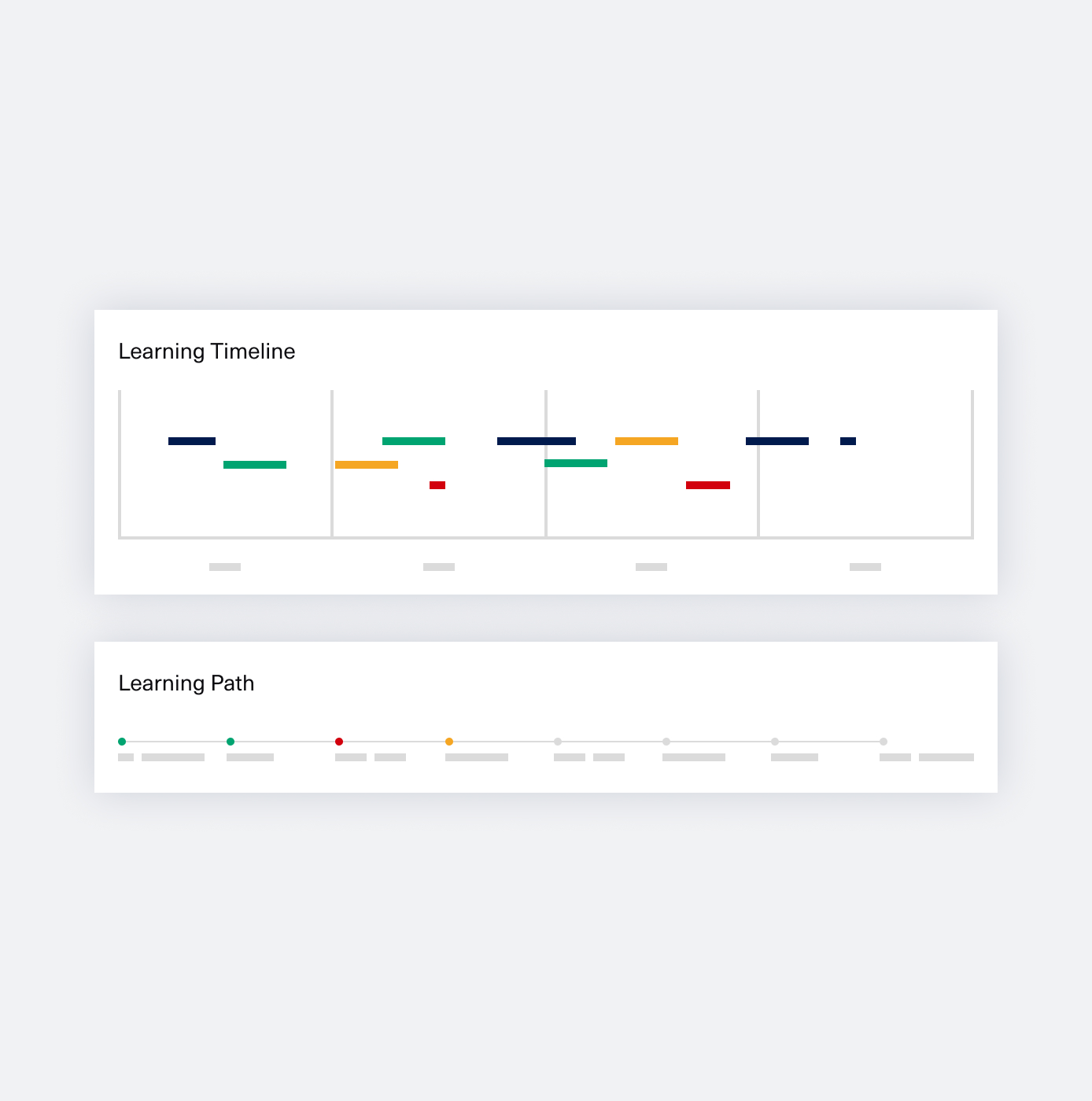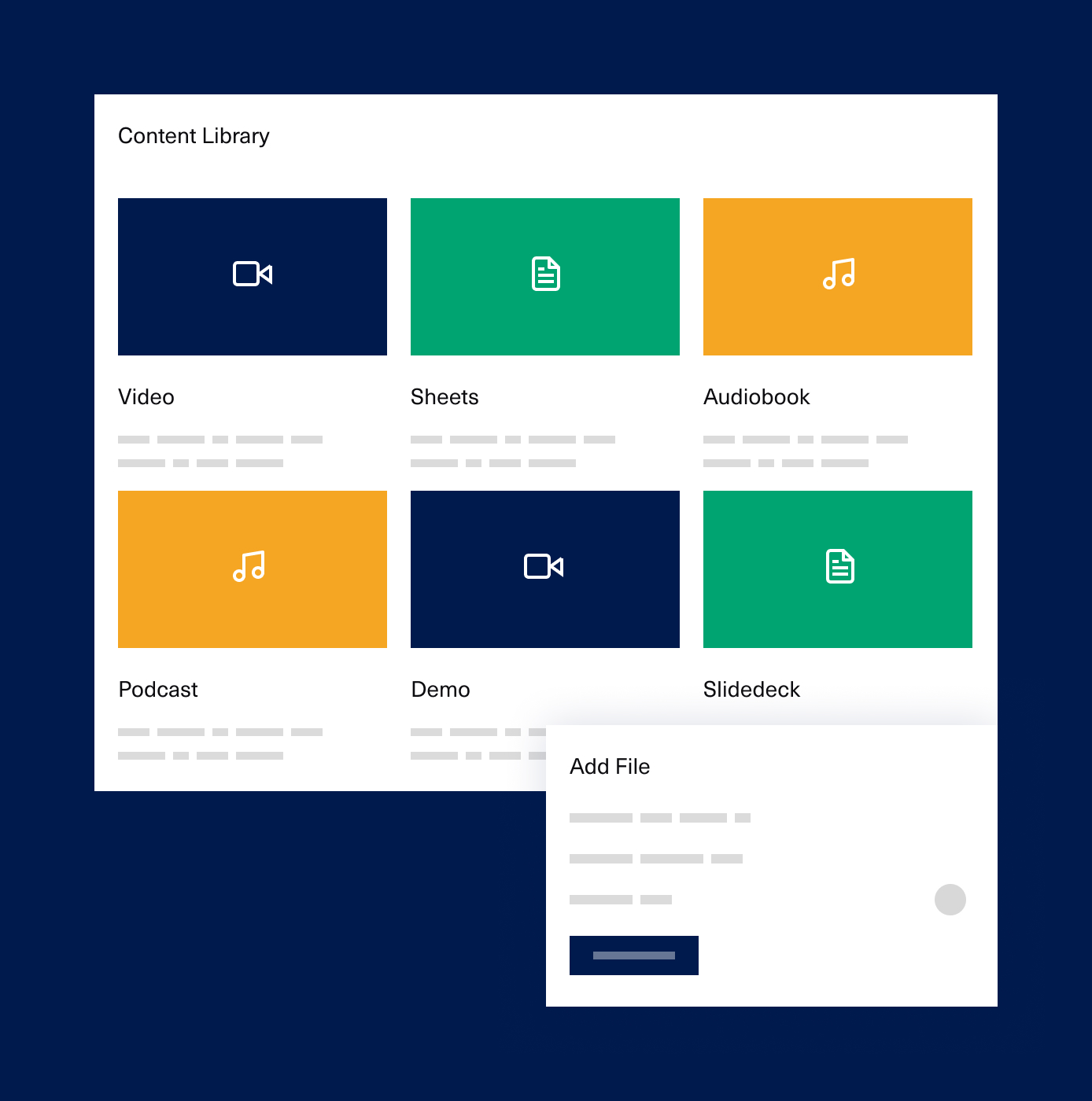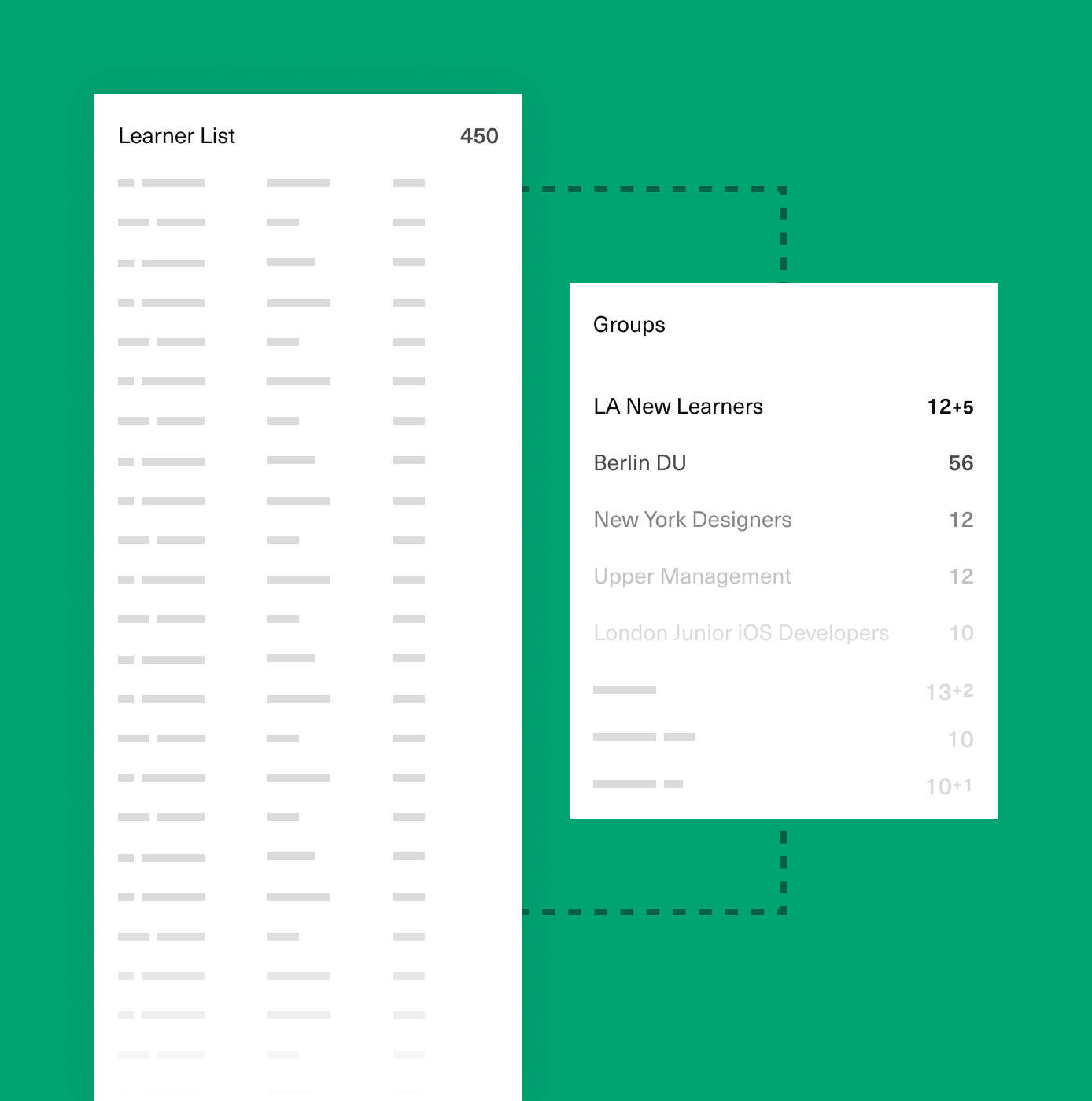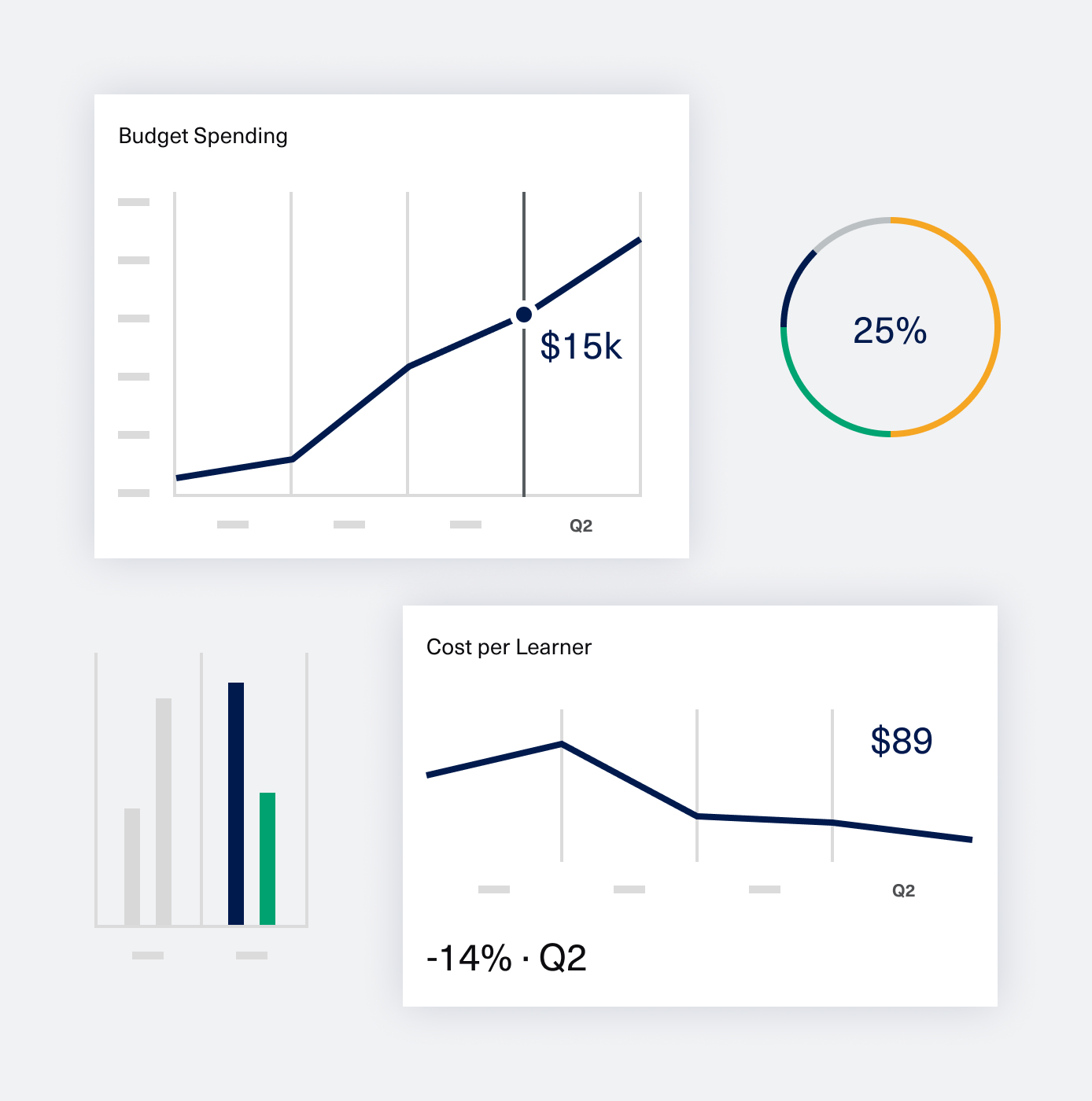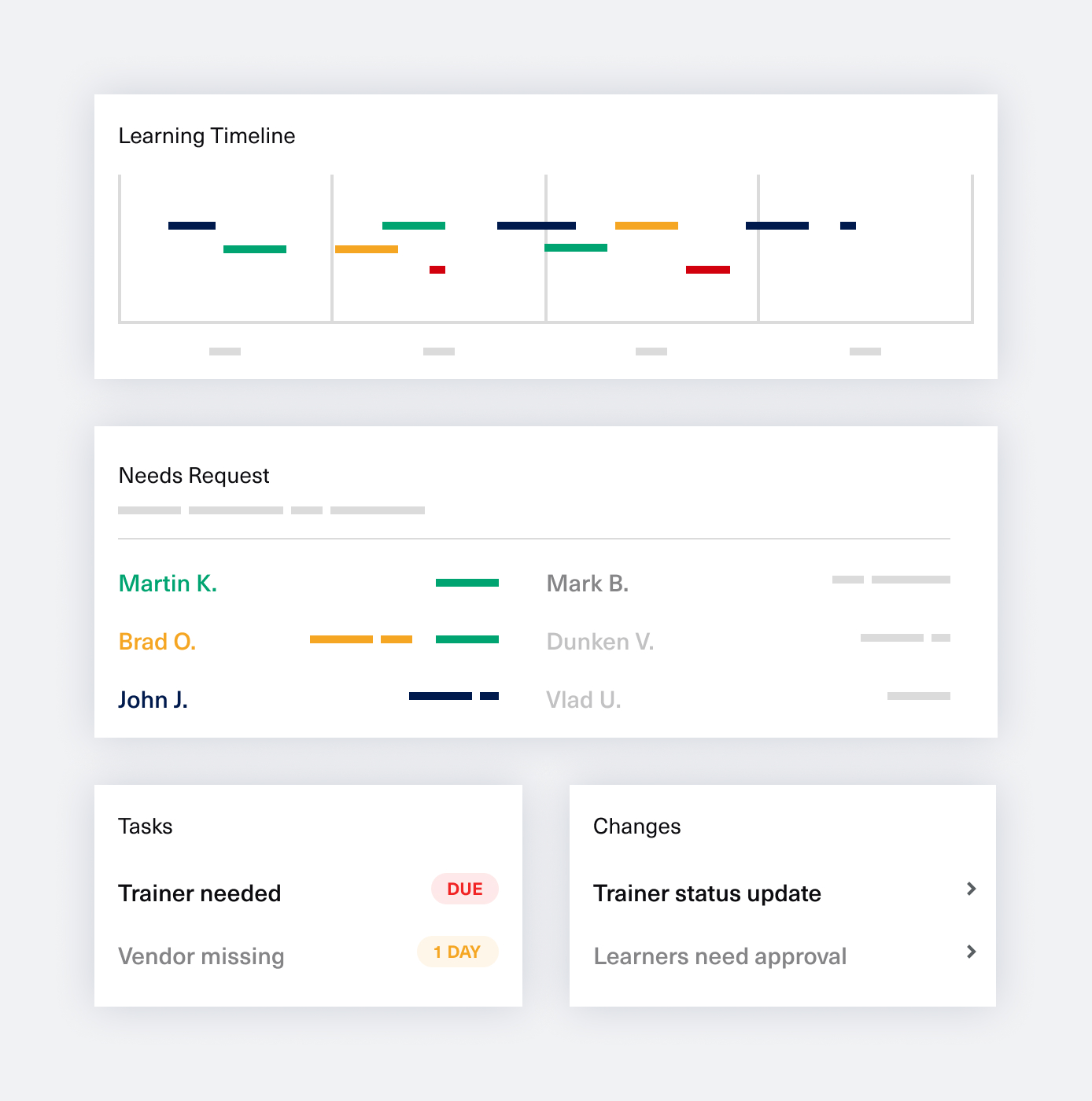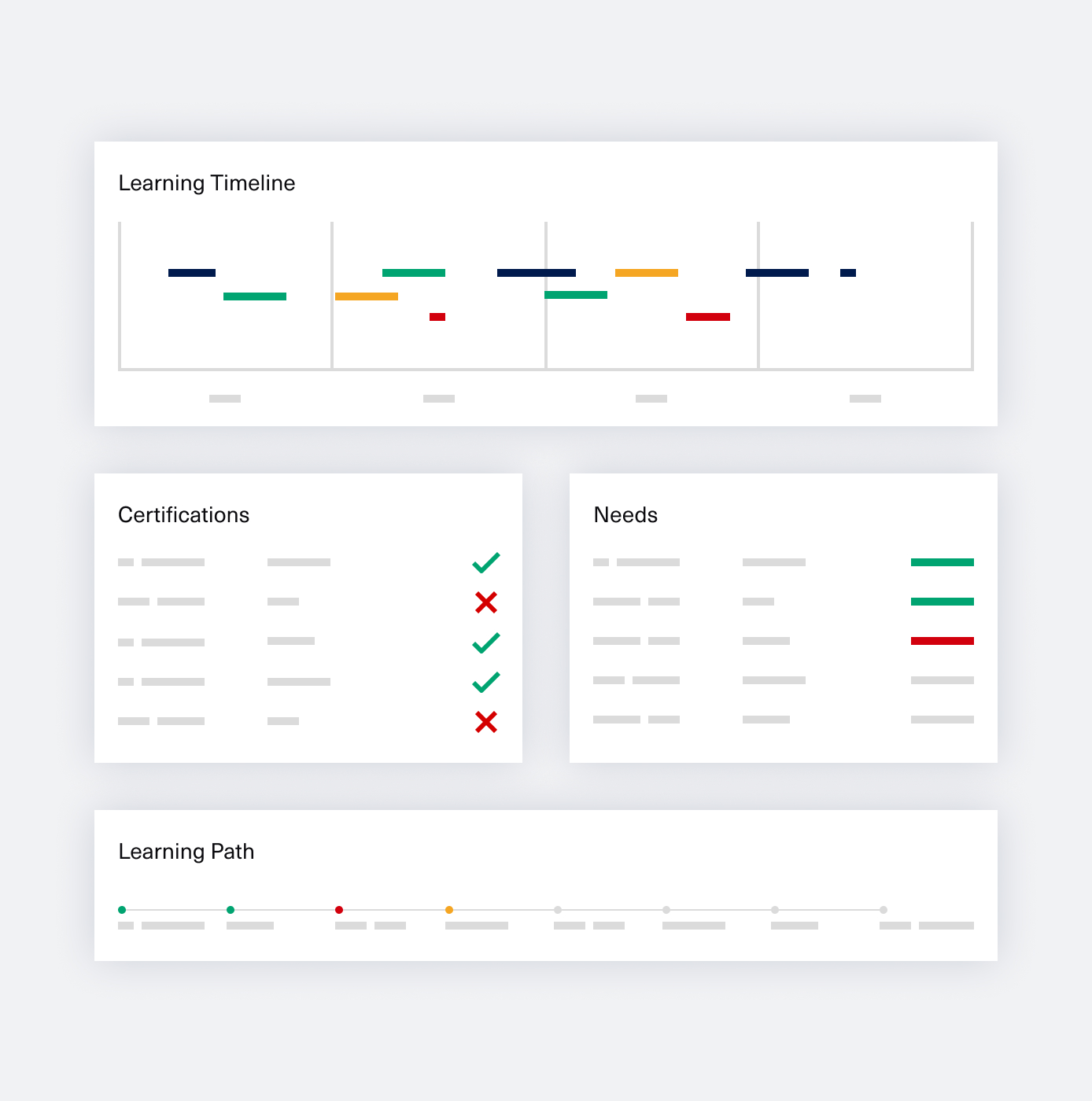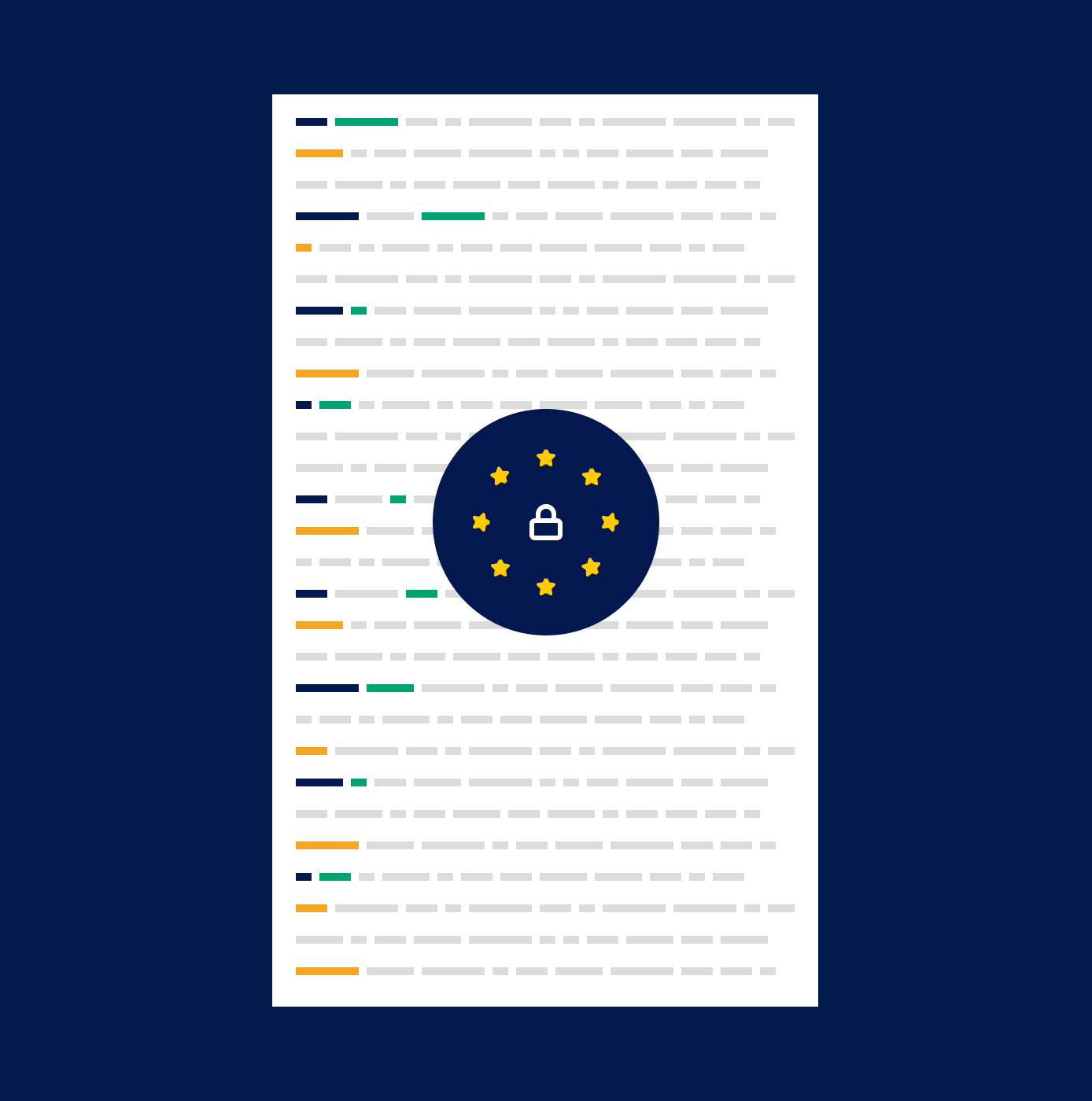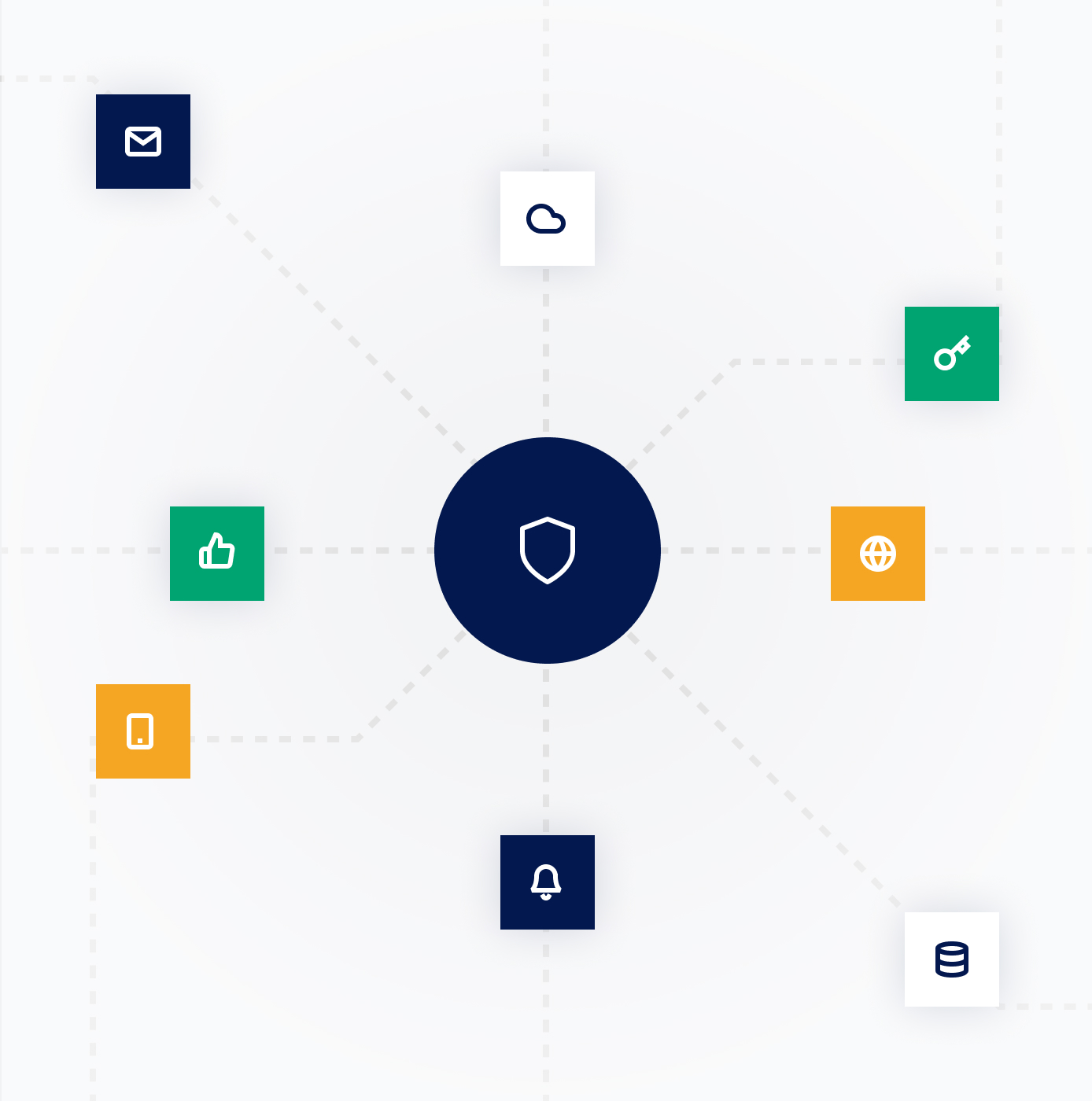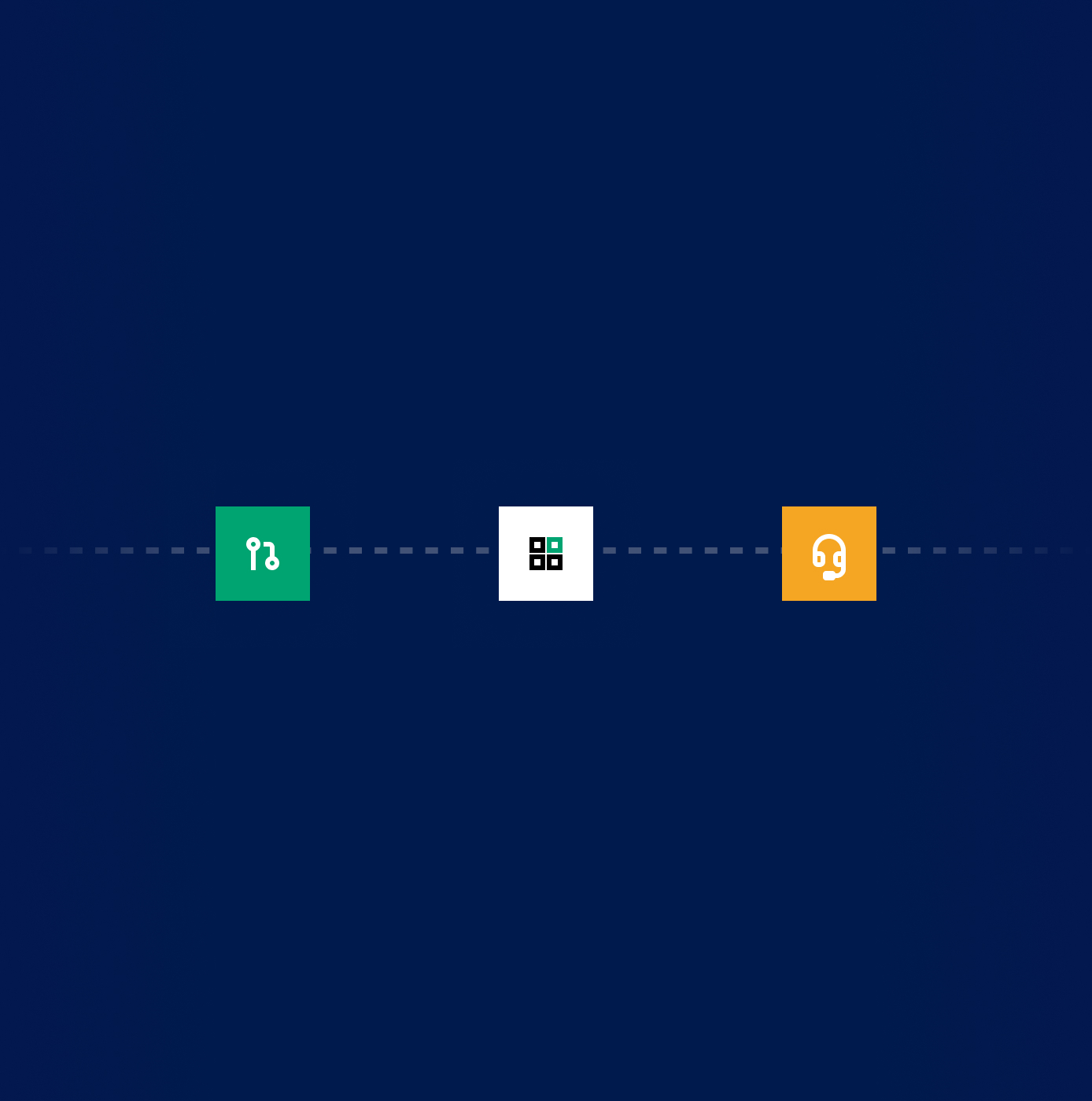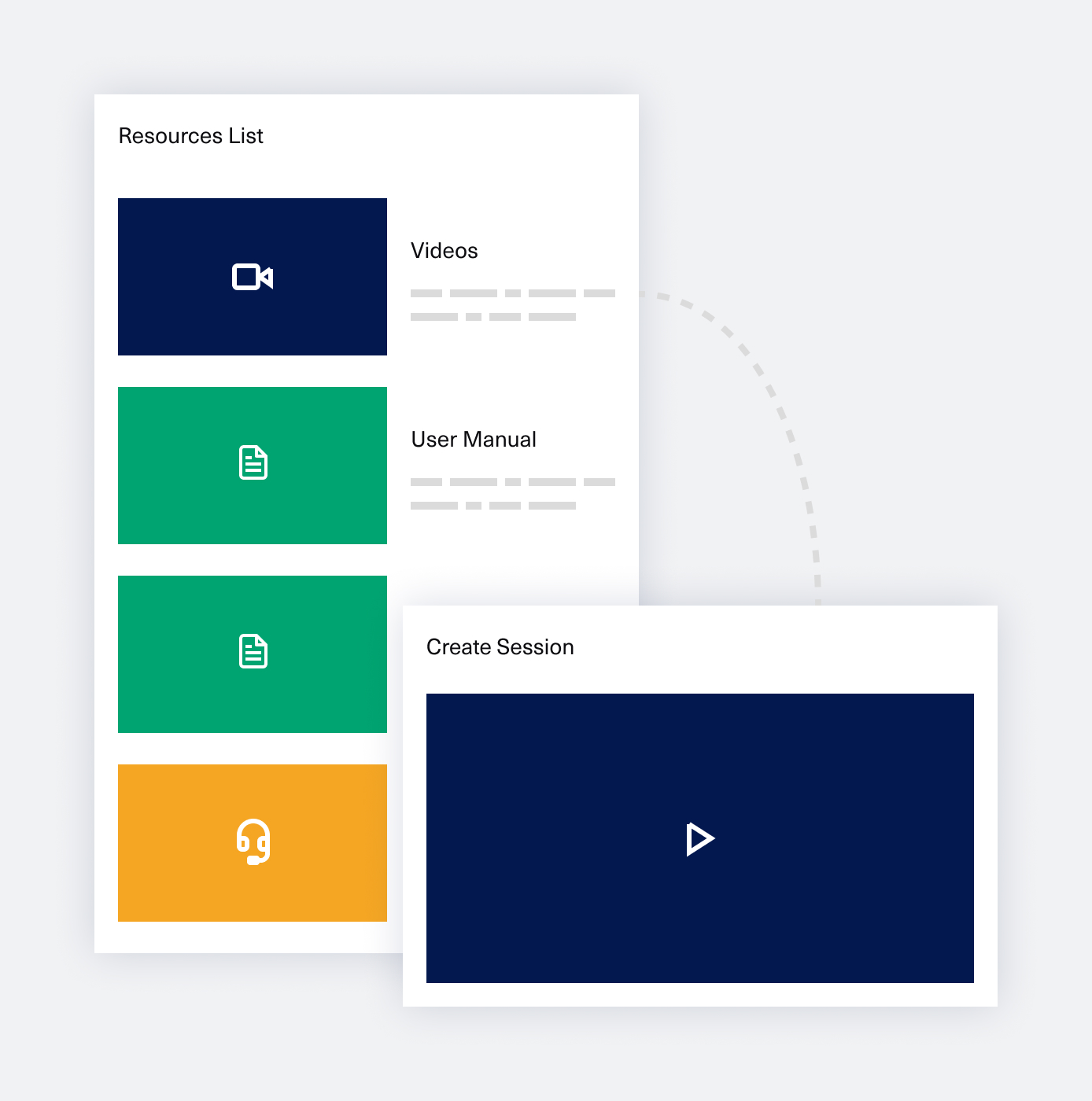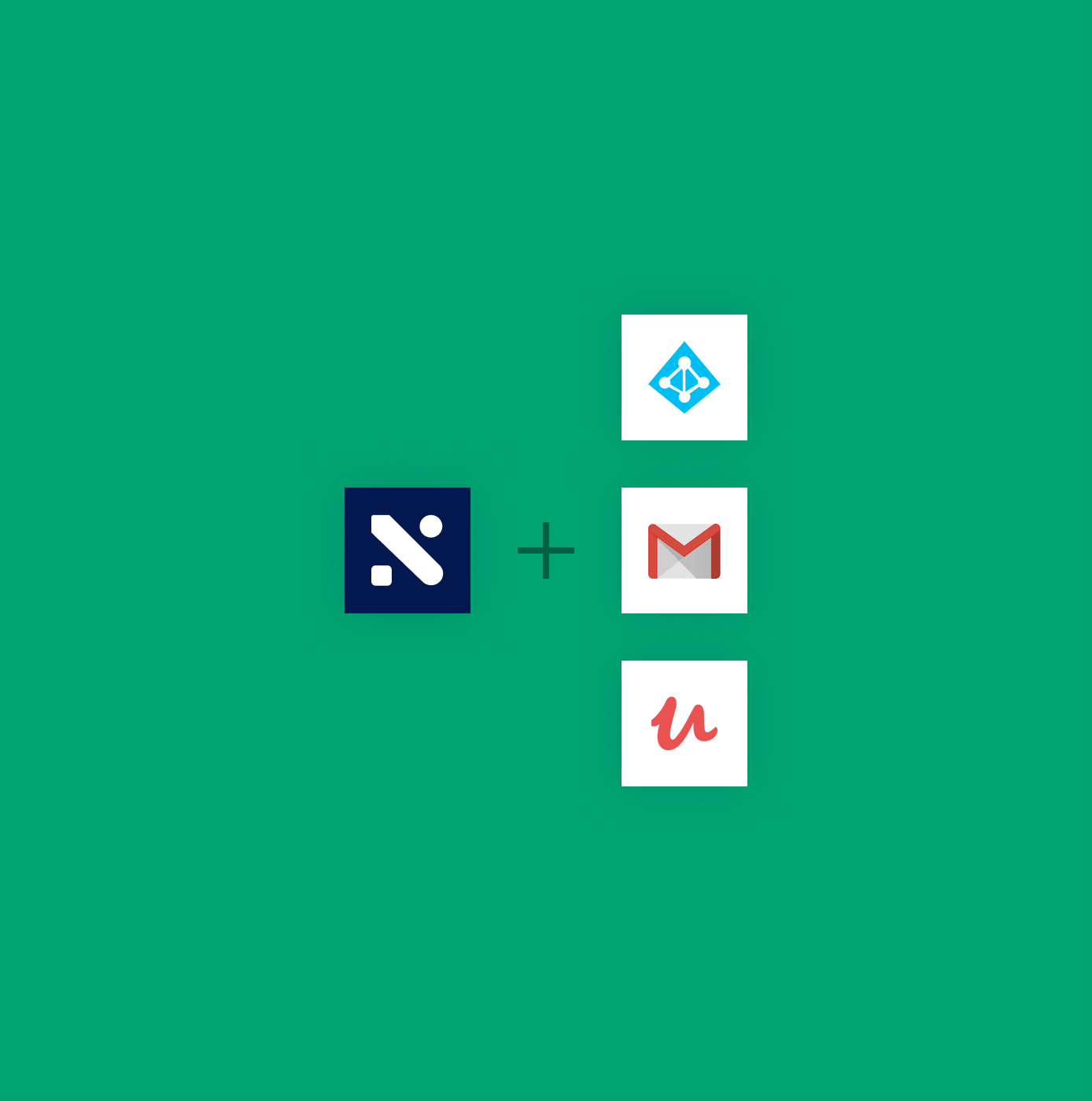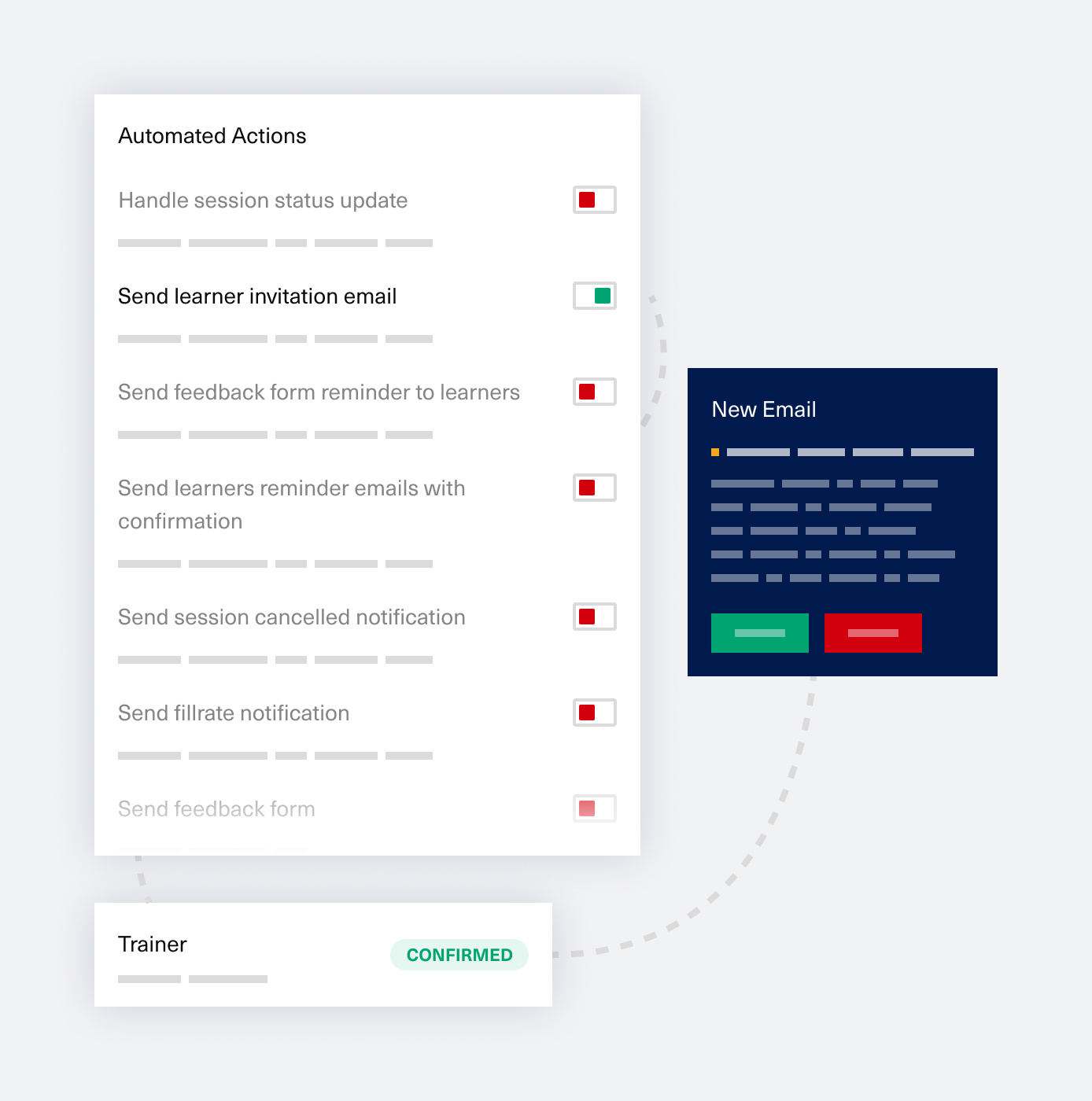Highlights:
* Daniel Kahneman’s book “Thinking, Fast and Slow” shows us that humans are irrational creatures who rely on two systems to make decisions. If adopting a new behavior requires too much cognitive power from the brain, it will default to the so-called fast system, which is biased and unreliable, thus failing to change.
* Nudges are a tool that enables easier behavior change by removing decision-making friction with the help of choice architecture. Richard H. Thaler explains this in further detail in his book “Nudge“.
* Humu has a ready-to-use library of nudges for the workplace that L&Ds can use to kickstart their work with nudges in their organizations.
* There is no specific time frame in which people form new habits, as previously thought. It’s simply a question of how long it takes to make the new behavior automatic, thus no longer requiring the slow system to burn too much energy to execute.
* Nudges should be subtle enough not to distract the recipient’s attention, which means that nudges must be very well immersed in the person’s work context not to become spam.
* Nudges are more effective than formal training or eLearning for impactful behavior change. Still, they should be part of a complex ecosystem that contains communities of practice, mentoring, knowledge sharing sessions, coaching, and other L&D methods. No one L&D method in isolation is sufficient to produce long-term, lasting results.
How to start working with nudges in your organization:
1. Start with behaviors that you already measure in employee engagement surveys or the 360 feedback process and develop campaigns relevant to this context.
2. Put in place nudge campaigns for specific cohorts and, once implemented, determine how much of the campaign was observed by employees through interviews and data analysis. Remember that nudges are subtle by design, so lack of feedback might mean one of two things: either the information was received but not remembered, or it was not acknowledged at all.
3. Observe changes in behavior by way of data gathered to see if the cohorts exposed to nudges exhibit a different behavior to those not exposed.
4. Remember that you must personalize nudges to the employees’ context; otherwise, they risk becoming overbearing and ineffective.
5. Experiment, iterate and learn from the data you’re gathering to understand how many nudges are just enough to start producing results without becoming a distraction.
6. Some nudge mechanisms might require a lot of time and resources to implement, so start small and gradually build your business case to expand this new tool to new, more complex behavior change goals.













